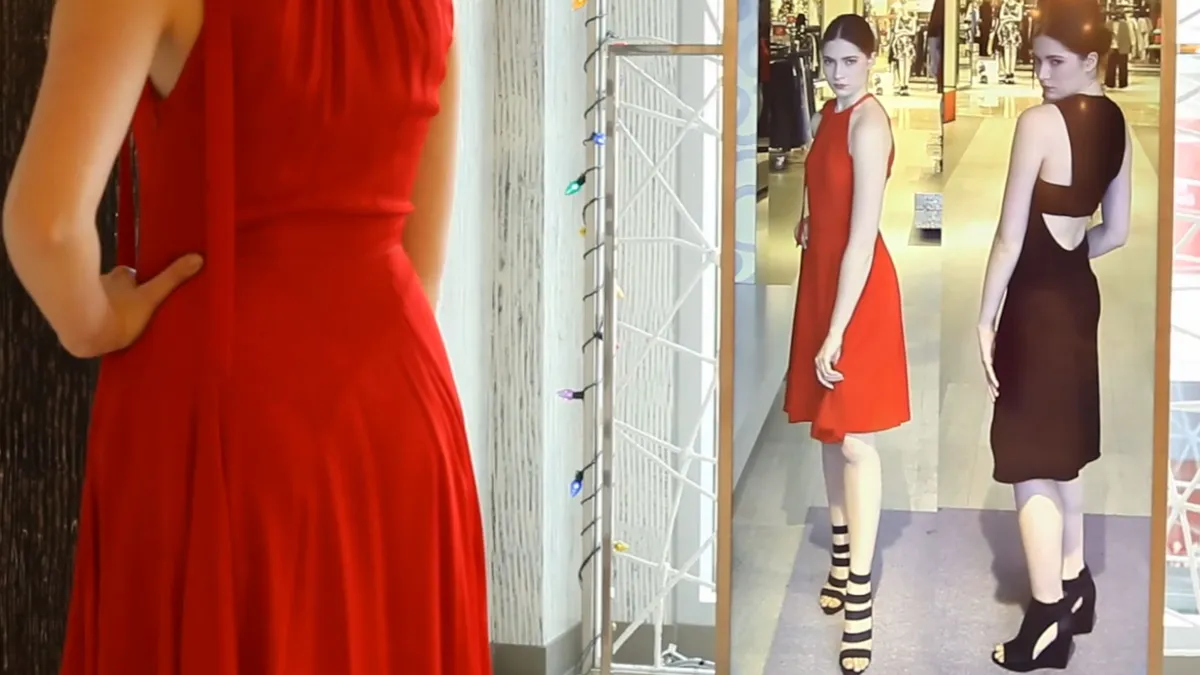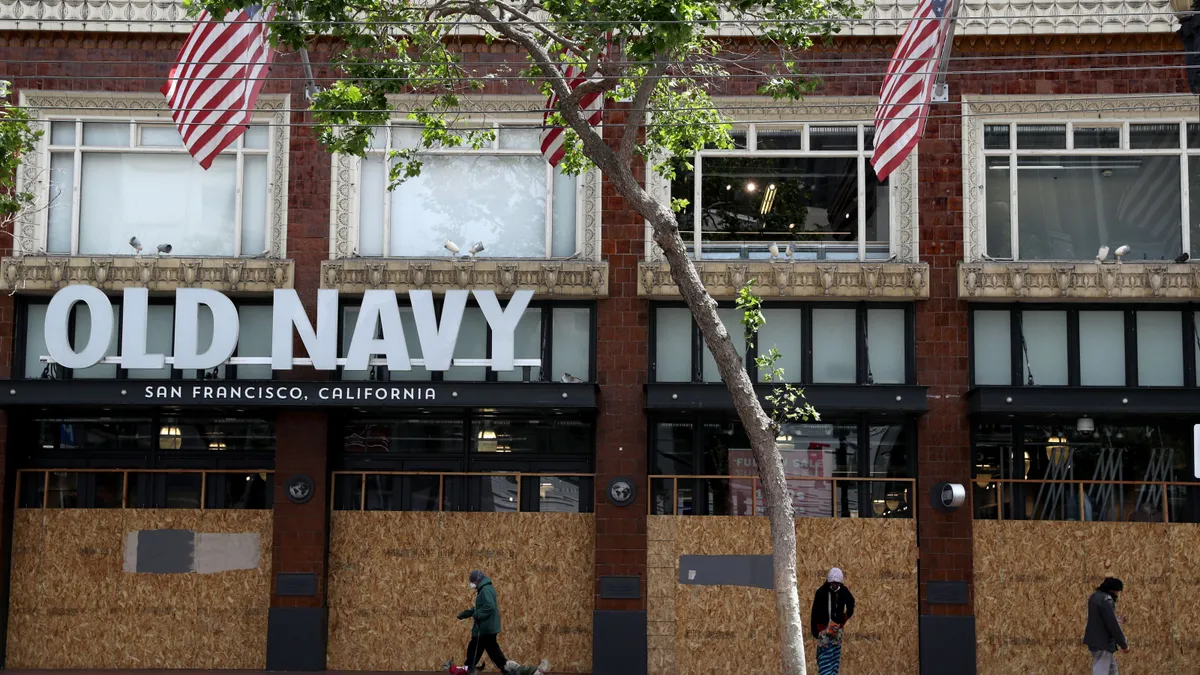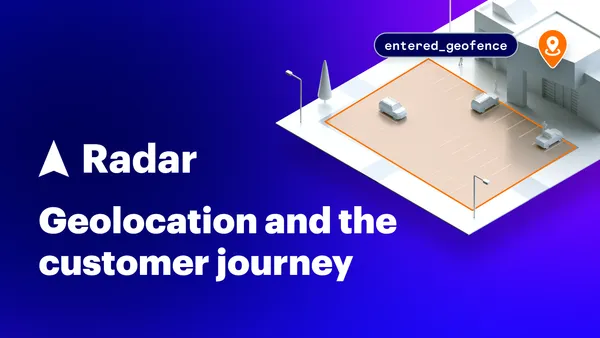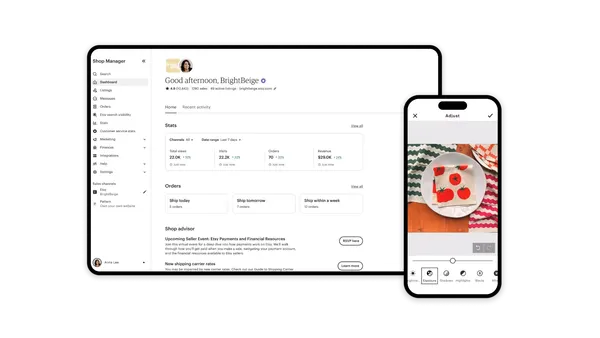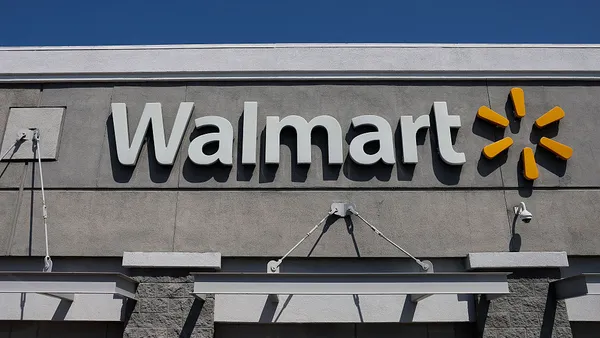With web and mobile technology quickly evolving to get customers what they want, whenever they want, brick-and-mortar retailers are scrambling to find ways to entice buyers to ditch the screens and come into stores.
Retailers that survive this digital disruption will likely be the ones that use high-tech applications to better engage and serve customers in-stores, instead of ignoring the fact that web and mobile technologies are encroaching on their turf.
That means more screens, plus customer care and order fulfillment that erases the distinctions between shopping offline and shopping online. In other words, many stores might find that only way to combat “showrooming”—looking at products in-store, then buying them online—is to embrace it.
“The most successful retailers will integrate their online and offline businesses and understand how these two different channels drive sales in tandem,” Piers Fawkes, founder and editor-in-chief of PSFK, told "Business of Fashion. "The New York-based market intelligence firm issued its “The Future of Retail 2015,” report last month. “Some will turn their stores into showrooms, others into delivery spaces, some into lifestyle experiences.”
The brick-and-mortar store of the future may be just a showroom, but if that showroom dazzles consumers with an experience they can’t get online, what a showroom it might be.
Wearing it well
While many web retailers have been able to overcome the primary challenge inherent in selling clothing online—that it usually has to be tried on before purchase—apparel retailers are leading the charge in testing tech solutions in-store.
Neiman Marcus, for example, is testing a digital mirror from Intel that offers a comparison of multiple outfits tried on in the dressing room; and an added social media function that permits instant sharing with friends if the shopper wants feedback.
Several Bloomingdale’s stores have installed Apple iPads in fitting rooms to help customers get the right fit, too. The system connects to the department store’s inventory system to locate items in-store and at locations nationwide; shoppers can also use the touchscreen to check other available sizes and colors, investigate related items and customer reviews, or call for personal assistance.
Bloomingdale’s parent company Macy’s Inc. is also installing 4,000 ShopBeacons in its own flagship stores to issue deals, discounts, recommendations, and rewards onsite via the shopkick app.
“Macy’s and Bloomingdale’s remain committed to operating at the forefront of innovation, as well as fostering a locally relevant shopping experience in every store,” said Terry J. Lundgren, chairman and CEO of Bloomindale’s parent Macy’s, Inc., in a statement outlining the company’s omnichannel strategy last fall.
“We will continue to test, to learn and to proceed aggressively with new ideas that excite our customers and that make shopping more convenient and fun.”
Small stores get personal
Department stores aren’t the only ones installing tech solutions to drive sales. Fashion designer Rebecca Minkoff, partnering with eBay and Westfield Labs, has introduced an interactive mirror at her flagship boutique that allows customers to peruse curated selections and create a wishlist of items to try on. When their items are ready in the fitting room, customers receive an alert along with additional recommendations, while RFID chips log data on what they tried on.
Try-before-you-buy strategies have helped retailers such as eyewear company Warby Parker succeeded, and Gap and its Banana Republic and Athleta brands are taking a similar approach.
Shoppers can browse online and hold items to try on in-store with obligation. Retailers are making their inventories more transparent to consumers, too, with order online/pick up in-store options becoming widespread.
Physical retailers should offer lifestyle experiences and personal interaction to become marketplaces for brand relationships. Recommendations, one-click payment, on-demand delivery, and in-store pickup are just a few aspects of the online experience that can help stores remain the nexus of the shopping experience.


